Complete Guide to Meloxicam Bolus 1.5g for Horses: Uses, Dosage & Safety
Equine health management often involves dealing with inflammation, pain, and fever—especially in cases of musculoskeletal injuries, colic, or post-surgical recovery. Meloxicam Bolus 1.5g for horses has become a trusted veterinary tool in these scenarios. As a potent non-steroidal anti-inflammatory drug (NSAID), it delivers fast-acting relief from inflammatory symptoms while ensuring minimal gastrointestinal irritation compared to other NSAIDs.
What Is Meloxicam Bolus 1.5g for Horses?
Meloxicam is a COX-2 selective NSAID, meaning it preferentially inhibits the cyclooxygenase-2 enzyme responsible for producing prostaglandins linked to inflammation and pain, while sparing COX-1, which protects the gastrointestinal lining.
The Meloxicam Bolus 1.5g formulation is specifically designed for equine use, allowing easy oral administration and long-lasting effects, making it highly practical for field and hospital settings.
Key Features:
- NSAID with anti-inflammatory, analgesic, and antipyretic effects
- Suitable for oral administration
- Once-daily dosing
- COX-2 preferential inhibition for enhanced gastrointestinal safety
Indications for Meloxicam Bolus 1.5g in Horses
1. Musculoskeletal Disorders
- Arthritis and joint inflammation
- Tendonitis and ligament injuries
- Lameness and orthopedic conditions
Meloxicam helps restore mobility, reduce swelling, and improve comfort in horses suffering from both acute and chronic orthopedic issues.
2. Colic-Associated Pain
- Effective in alleviating visceral pain associated with mild to moderate colic
- Helps stabilize horses during early intervention or as adjunct treatment
It reduces pain perception and intestinal inflammation, easing the symptoms while allowing time for diagnostic procedures.
3. Post-Surgical Pain Management
- Used for post-operative analgesia, especially in procedures like:
- Castration
- Orthopedic surgeries
- Dental extractions
Meloxicam helps control pain and inflammation following surgical intervention, improving recovery outcomes.
4. Inflammatory Respiratory Conditions
- Used as adjunct therapy in conditions like equine influenza or pneumonia, where fever and inflammation are present
- Helps reduce fever and systemic inflammation
5. Soft Tissue Injuries and Trauma
- Supports tissue recovery in trauma or after rigorous training sessions
Mechanism of Action: How Does Meloxicam Work in Horses?
Meloxicam acts by inhibiting the cyclooxygenase enzyme (COX), particularly COX-2, responsible for converting arachidonic acid into prostaglandins—chemical mediators that cause pain, inflammation, and fever.
Benefits of COX-2 Selectivity in Horses:
- Reduced inflammation and pain
- Preservation of renal function and mucosal integrity
This pharmacological action makes Meloxicam highly suitable for longer treatment durations, under veterinary supervision.
Proper Use and Dosing Instructions for Meloxicam in Horses
Proper dosing and administration of Meloxicam Bolus 1.5g are essential for achieving effective relief from pain, inflammation, and fever in horses, while minimizing the risk of adverse effects. This NSAID is intended for oral use only and should always be administered under the guidance of a licensed veterinarian.
Recommended Dosage Based on Body Weight
The 1.5g bolus formulation is designed for horses and allows convenient weight-based dosing.
| Horse Weight (kg) | Meloxicam Dose (mg) | Number of 1.5g Boluses |
| 250 – 300 kg | 150 – 180 mg | ½ bolus |
| 300 – 400 kg | 180 – 240 mg | ¾ bolus |
| 400 – 600 kg | 240 – 360 mg | 1 bolus |
| 600 – 800 kg | 360 – 480 mg | 1½ boluses |
Note: For precise dosing, the bolus can be halved or quartered using a proper tablet cutter.
Frequency of Administration
- Once daily oral administration is recommended.
- Should be given at the same time each day for consistent blood levels.
Duration of Treatment
- Acute pain/inflammation: Typically 3 to 5 days
- Chronic conditions (e.g., arthritis): Up to 10–14 days, only under strict veterinary supervision
- Extended use requires regular veterinary monitoring to detect any early signs of adverse effects.
Method of Administration
- Administer directly into the horse’s mouth using a gloved hand or oral dosing device.
- Ensure the horse consumes the full dose if mixed with feed or treats.
- Do not administer on an empty stomach to reduce the risk of gastrointestinal irritation.
Avoid With:
- Other NSAIDs (e.g., phenylbutazone, flunixin)
- Corticosteroids
Best Practices for Safe Administration
- Weigh the horse accurately to avoid overdosing.
- Maintain adequate hydration during therapy.
- Observe for signs of side effects (anorexia, lethargy, diarrhea).
- Record each dose administered to prevent accidental re-dosing.
When to Discontinue Use
- If the horse shows signs of gastrointestinal distress, blood in stool, or loss of appetite, discontinue and consult a veterinarian immediately.
Important Warnings and Administration Cautions
Safety Overview
Meloxicam is generally well-tolerated in horses when administered at the recommended dose under veterinary supervision. Its COX-2 preferential inhibition offers a better safety profile than many non-selective NSAIDs, especially concerning gastrointestinal and renal effects.
However, as with any medication, careful attention to dosing, duration, and patient condition is essential to avoid complications.
Precautions
- Hydration Status:
Ensure the horse is well-hydrated before administering NSAIDs. - Concurrent Medications:
- Avoid concurrent use with other NSAIDs (e.g., phenylbutazone, flunixin) or corticosteroids, which can increase the risk of gastrointestinal or renal issues.
- Monitoring:
- In cases of long-term therapy, periodic bloodwork to assess kidney and liver function is advisable.
- Watch for any signs of digestive upset or behavioral changes.
- Feeding Guidelines:
Administer Meloxicam with or shortly after feeding to reduce gastrointestinal irritation.
Contraindications
Meloxicam Bolus 1.5g should not be used in the following situations:
- Known hypersensitivity to Meloxicam or other NSAIDs
- Gastrointestinal ulcers or bleeding
- Severe renal or hepatic dysfunction
- Severely dehydrated or hypotensive horses
- Pregnant or lactating mares, unless approved by a veterinarian
- Horses already receiving other NSAIDs or steroids
- Foals younger than 6 weeks, unless explicitly prescribed
Potential Side Effects
While rare at recommended doses, some horses may experience adverse effects, especially with prolonged use:
Gastrointestinal:
- Gastric irritation
- Ulcer formation
- Colic-like symptoms (rare)
Renal (Kidney):
- Reduced renal perfusion
- Acute kidney injury (especially with dehydration)
Hepatic (Liver):
- Elevated liver enzymes (rare)
- Liver dysfunction (very rare)
General Signs:
- Anorexia (reduced appetite)
- Lethargy
- Diarrhea
- Dehydration symptoms
- Unusual behavior or reluctance to move
When to Contact a Veterinarian Immediately
- Refusal to eat or drink
- Blood in manure or black, tarry stools
- Signs of abdominal discomfort
- Yellowing of eyes or gums (jaundice)
- Persistent lethargy or worsening condition
Safe Use Tips
- Use only under veterinary guidance
- Adhere strictly to weight-based dosing
- Never exceed the recommended duration
- Keep the horse well-hydrated
- Avoid use in horses with a history of ulceration or kidney problems
Clinical Studies and Veterinary Endorsement
Research Highlights:
- Pain and Inflammation in Musculoskeletal Conditions
- A study published in the Journal of Equine Veterinary Science showed that Meloxicam reduced lameness scores significantly compared to placebo in horses with arthritis.
- Safety Profile in Equine Use
- A controlled trial showed minimal GI and renal side effects, even when used over 10 days, confirming Meloxicam’s safety margin.
- Post-operative Use
- Horses undergoing castration and treated with Meloxicam demonstrated faster recovery, reduced swelling, and improved behavior scores.
- Colic Management
- Veterinarians favor Meloxicam for mild to moderate colic, where surgical intervention isn’t immediately necessary, as it offers pain relief without masking critical clinical signs.
Evidence-Based Veterinary Use
Its preferential COX-2 inhibition offers a safer profile than traditional NSAIDs, making it a reliable choice for managing equine inflammation, pain, and fever.
1. Anti-Inflammatory Efficacy in Equine Musculoskeletal Disorders
Study: Toutain et al., Journal of Veterinary Pharmacology and Therapeutics (2001)
Results showed a significant reduction in lameness scores and inflammation when compared to untreated controls.
Conclusion: Meloxicam is effective in managing pain and inflammation due to orthopedic issues like arthritis and tendonitis.
2. Pharmacokinetics of Meloxicam in Horses
Study: Lees et al., Equine Veterinary Journal (2004)
Summary: This research assessed the bioavailability and half-life of meloxicam after oral administration in horses. It was found to have a long half-life (~8-12 hours), supporting its once-daily dosing schedule. The bolus form was shown to achieve therapeutic plasma concentrations rapidly.
Conclusion: The pharmacokinetic profile of meloxicam makes it ideal for once-daily oral administration.
3. Post-Operative Pain Control
Study: Love et al., Veterinary Anaesthesia and Analgesia (2012)
Summary: In horses undergoing castration and dental procedures, meloxicam provided excellent post-operative pain relief with fewer side effects compared to phenylbutazone. Treated horses showed quicker recovery, reduced swelling, and normal behavior sooner.
Conclusion: Meloxicam is a suitable analgesic for routine surgical procedures in horses.
4. Use in Equine Colic Management
Study: Collie et al., Equine Veterinary Education (2010)
Summary: Meloxicam was used as an adjunct in managing mild to moderate colic. It effectively reduced abdominal pain and systemic inflammation without masking signs that require surgery.
Conclusion: Safe and effective for early intervention in colic under veterinary supervision.
5. Comparative Safety Study with Phenylbutazone
Study: Pilsworth et al., Journal of Equine Science (2007)
Summary: Compared meloxicam with phenylbutazone in long-term treatment of lameness. Horses on meloxicam had fewer gastrointestinal complications and improved compliance due to once-daily dosing.
Conclusion: Meloxicam offers superior safety and ease of administration over traditional NSAIDs.
6. Evaluation in Respiratory Inflammation
Study: van Hoogmoed et al., Veterinary Record (2003)
Summary: Assessed the effect of meloxicam on horses with respiratory infections such as equine influenza. Horses treated with meloxicam showed lower fever and improved appetite and activity.
Conclusion: Meloxicam may be beneficial as supportive therapy in febrile respiratory diseases.
Key Takeaways from Scientific Research:
- Proven efficacy in managing musculoskeletal pain and inflammation
- Safe pharmacokinetic profile supporting once-daily dosing
- Excellent tolerance and minimal gastrointestinal or renal side effects
- Effective post-operative and colic pain management
- Preferable safety profile over older NSAIDs
Ongoing Research Areas:
- Use of Meloxicam in performance horses under stress
- Long-term safety in geriatric horses and mares
- Combination therapies for chronic laminitis and arthritis
- Application in transport-related stress and injuries
Why Choose Meloxicam Bolus 1.5g Over Other NSAIDs?
Advantages Over Phenylbutazone or Flunixin:
- Safer for gastric and renal health
- Once-daily dosing improves compliance
- Easier on the gastrointestinal tract in long-term cases
- COX-2 selectivity reduces systemic side effects
Usage Tips for Horse Owners and Caretakers
- Always weigh the horse to ensure accurate dosing
- Offer the bolus with a treat or crush it into feed (if approved)
- Watch for behavioral improvements—increased activity, reduced lameness, normal appetite
- Keep horses hydrated during NSAID use
- Conduct regular veterinary checkups for long-term therapies
Conclusion
Meloxicam Bolus 1.5g for horses is a powerful, safe, and well-tolerated NSAID that plays a critical role in managing equine pain and inflammation. Whether your horse is recovering from surgery, dealing with arthritis, or suffering from colic, this medication can significantly improve quality of life and facilitate recovery.







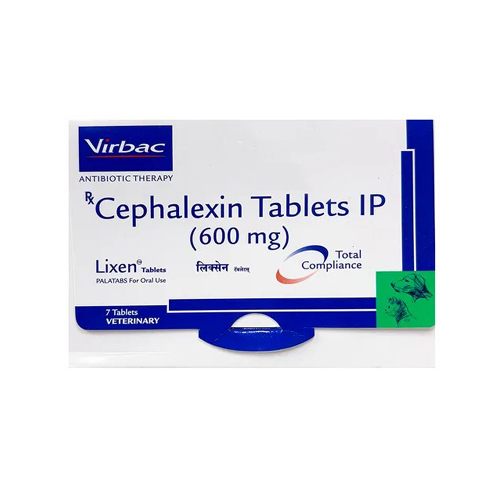
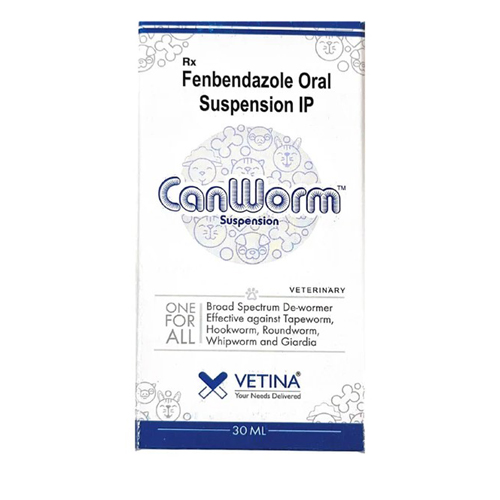



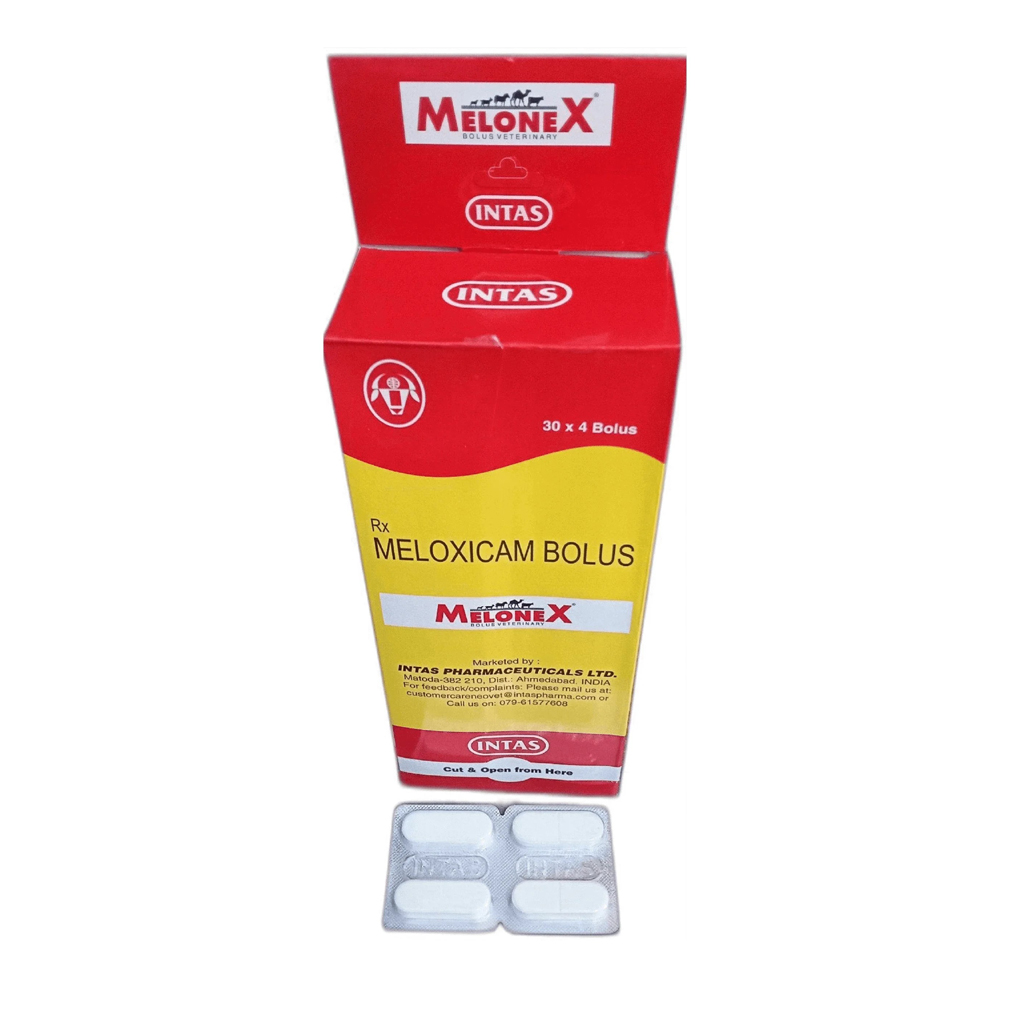
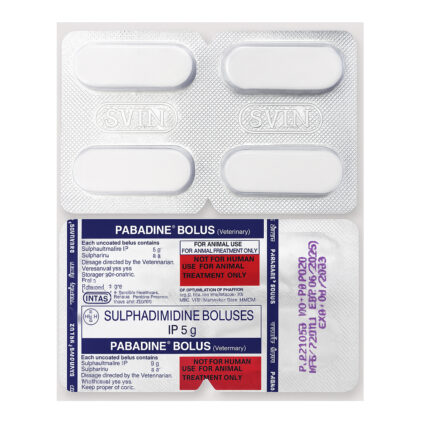
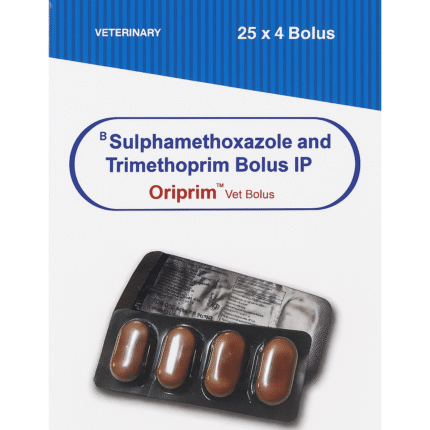
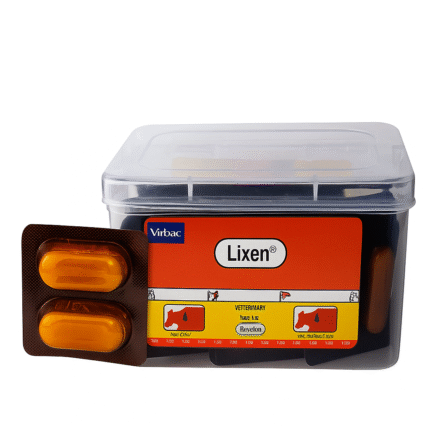
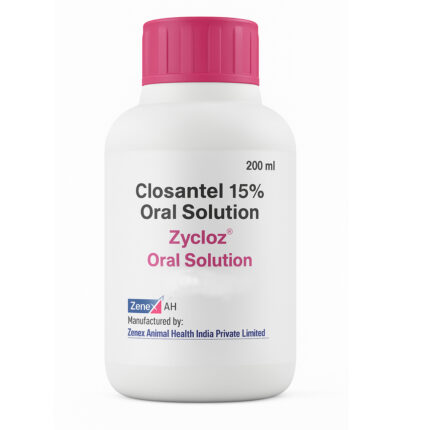
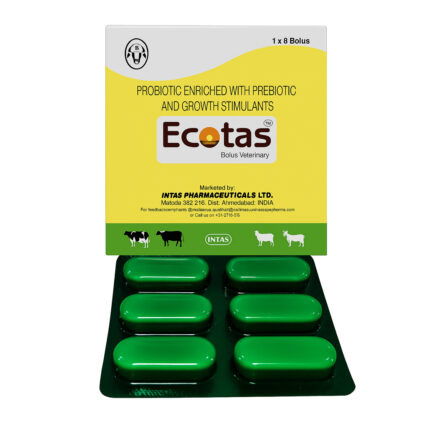
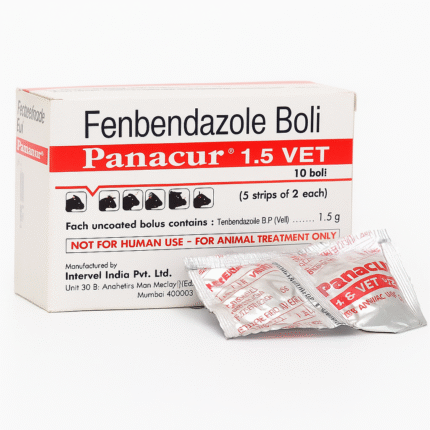
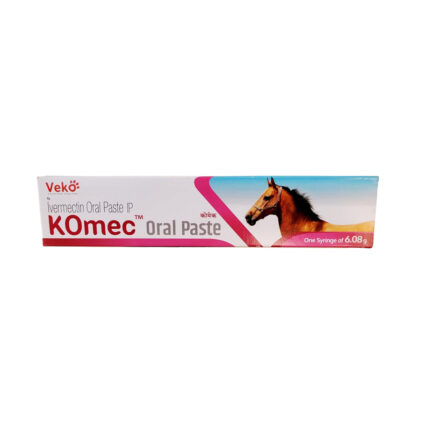
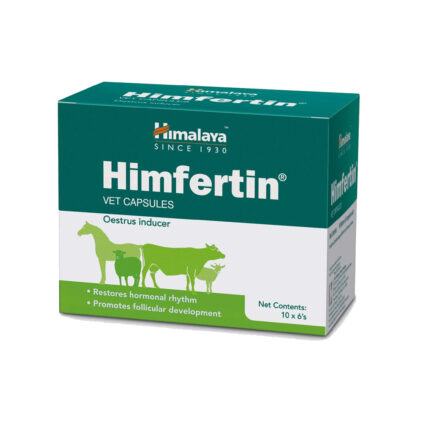
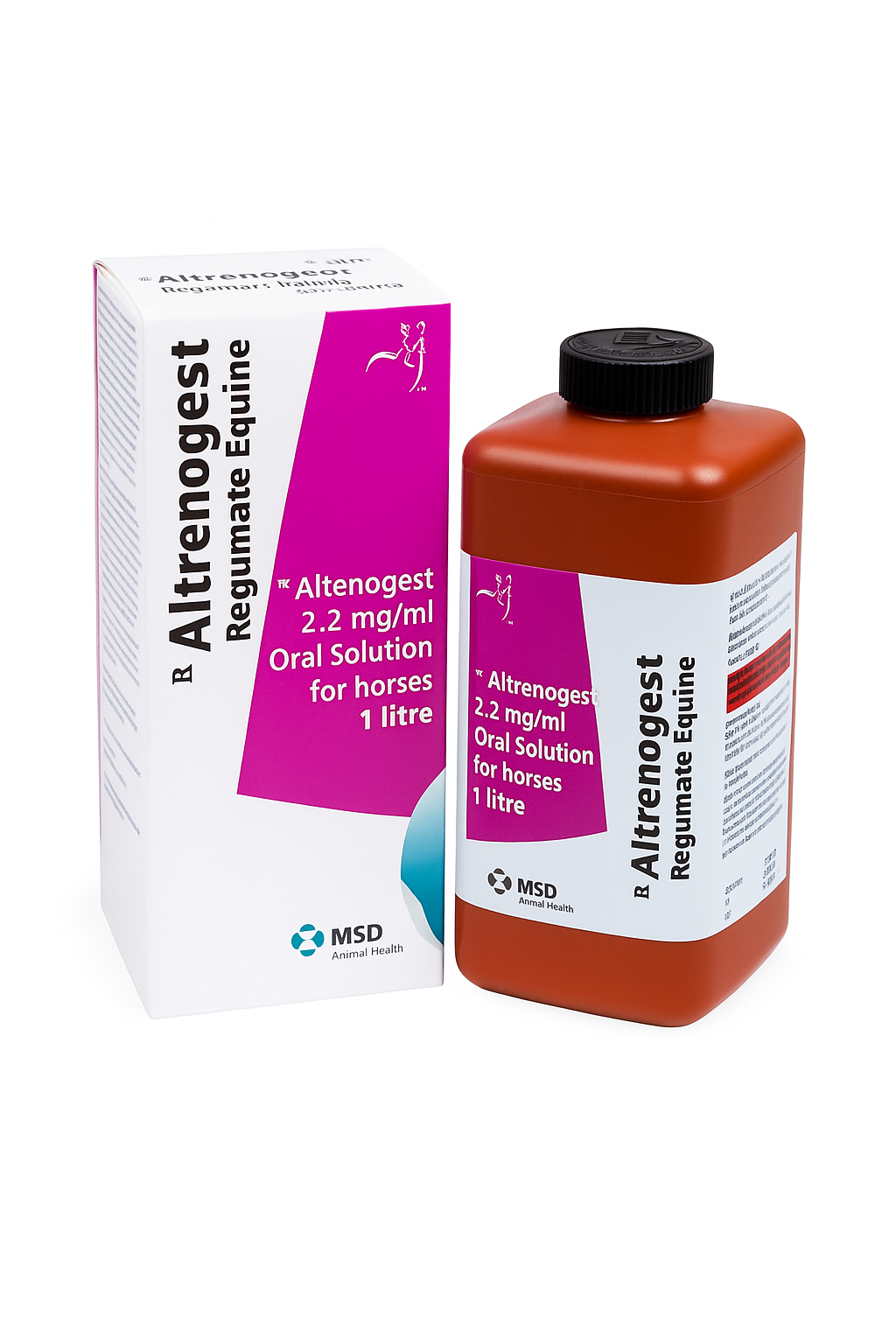
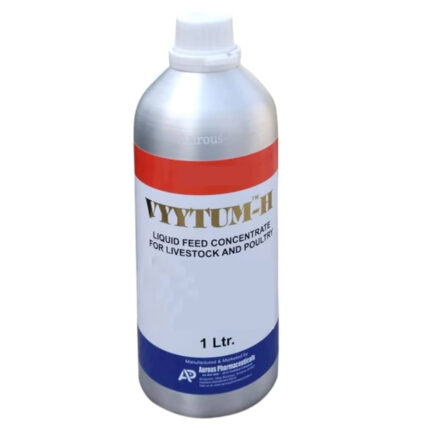
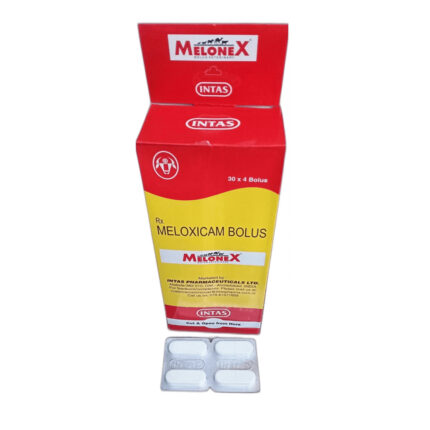
Reviews
There are no reviews yet.